BOOT: guidance for operator assistive technology
With so-called “assistive” technologies, such as light projection systems, digital work instructions and cobots, companies not only support their employees, but also guarantee one hundred percent quality to their customers. As part of this project, Flanders Make, imec and VDAB map out how companies can implement these technologies. And this for both customised companies and regular manufacturing companies with workers who are further from the labour market.
Digitalisation, collaborative robots and digital work instruction platforms offer new opportunities for companies in the manufacturing industry that are committed to increasing the flexibility of their production systems. In various Industry 4.0 Living Labs (Collaborative Workcell 4.0, AR/MR in lab and process environments and T2 for Industry 4.0), innovative Operator Assistive Technologies (OAT) were developed, ranging from digital work instruction platforms for training or informing operators about the work content for making a specific product variant to flexible robotic systems that take over repetitive or stressful tasks.
The target groups are mainly manufacturing, food processing and pharmaceutical industries and their suppliers.
SUCCESSFUL ADOPTION OF OPERATOR ASSISTIVE TECHNOLOGY REQUIRES KNOWLEDGE OF TECHNOLOGICAL CAPABILITIES AND A VISION
Successful adoption of this operator assistive technology requires knowledge of technological capabilities and a vision involving the adoption of OAT, supported by all the stakeholders, from management to employees. But we are especially concerned about the impact of digitalisation on workable work for all employees. New operator skills and a response to concerns regarding job insecurity and workable work put coaching and training high on the agenda.
VDAB, Flanders Make and Vrije Universiteit Brussel / KDM (Kenniscentrum Data & Maatschappij – SMIT-imec-VUB) are launching a roadmap to integrate the new OAT into business processes with a focus on human resources and capital. This means that the employees of the companies in the different target groups are actively involved, trained and supervised during the integration. Guidance and training schedules are established for all employees who play a direct or indirect role in the design, configuration and maintenance of flexible work environments equipped with operator assistive technology, but especially for operators regarding their day-to-day use.
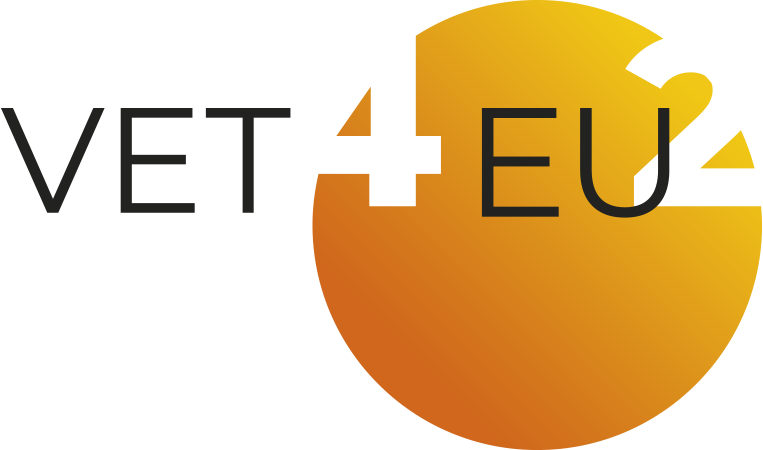
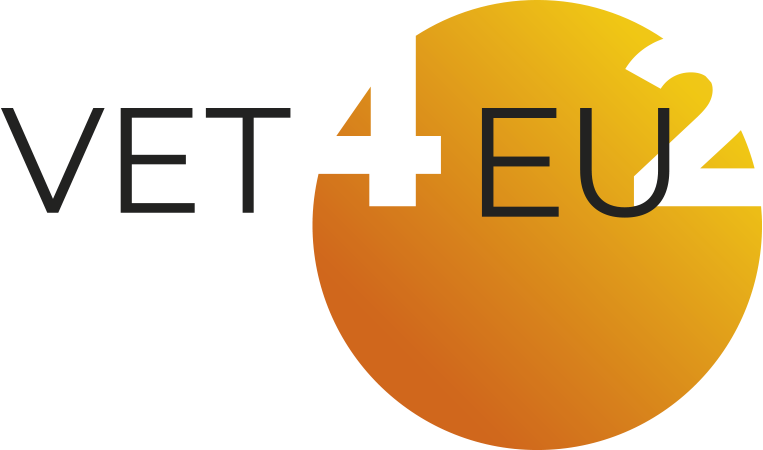

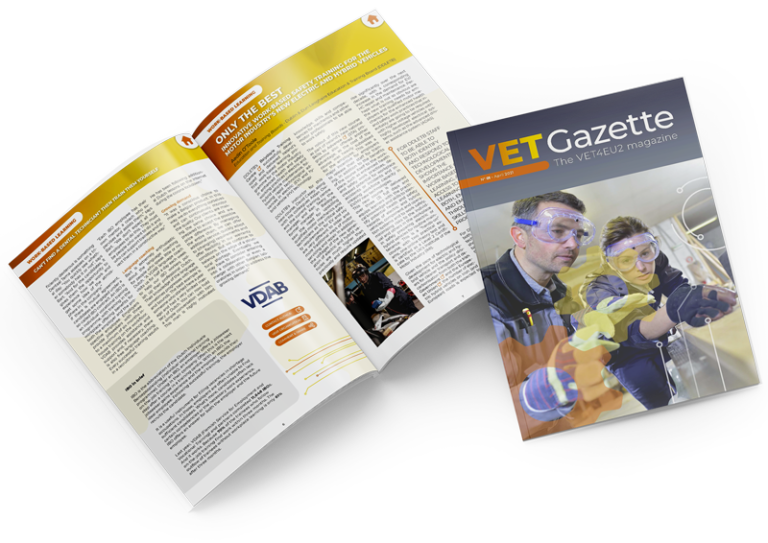
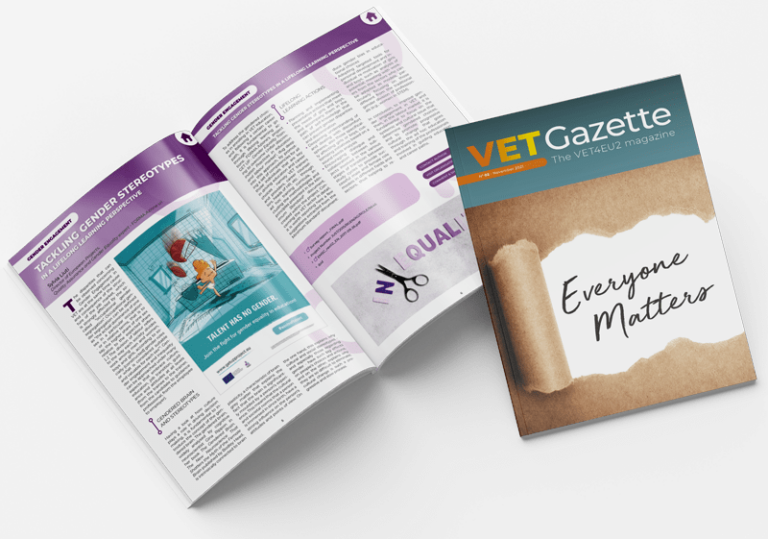

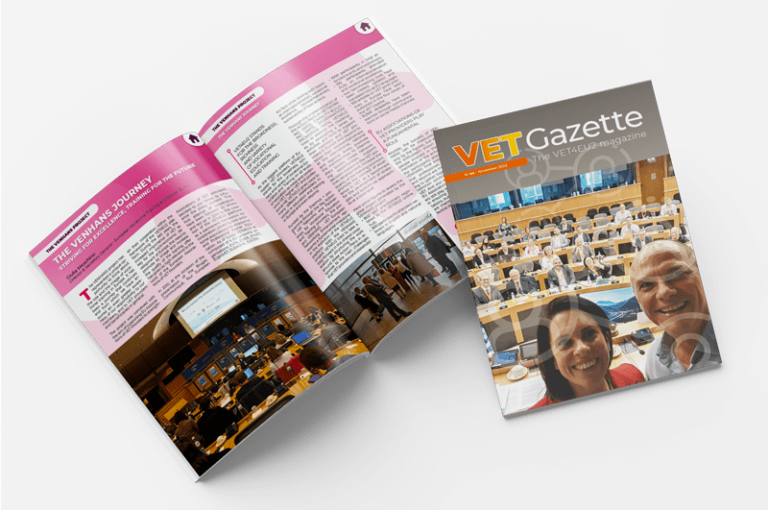

Responses